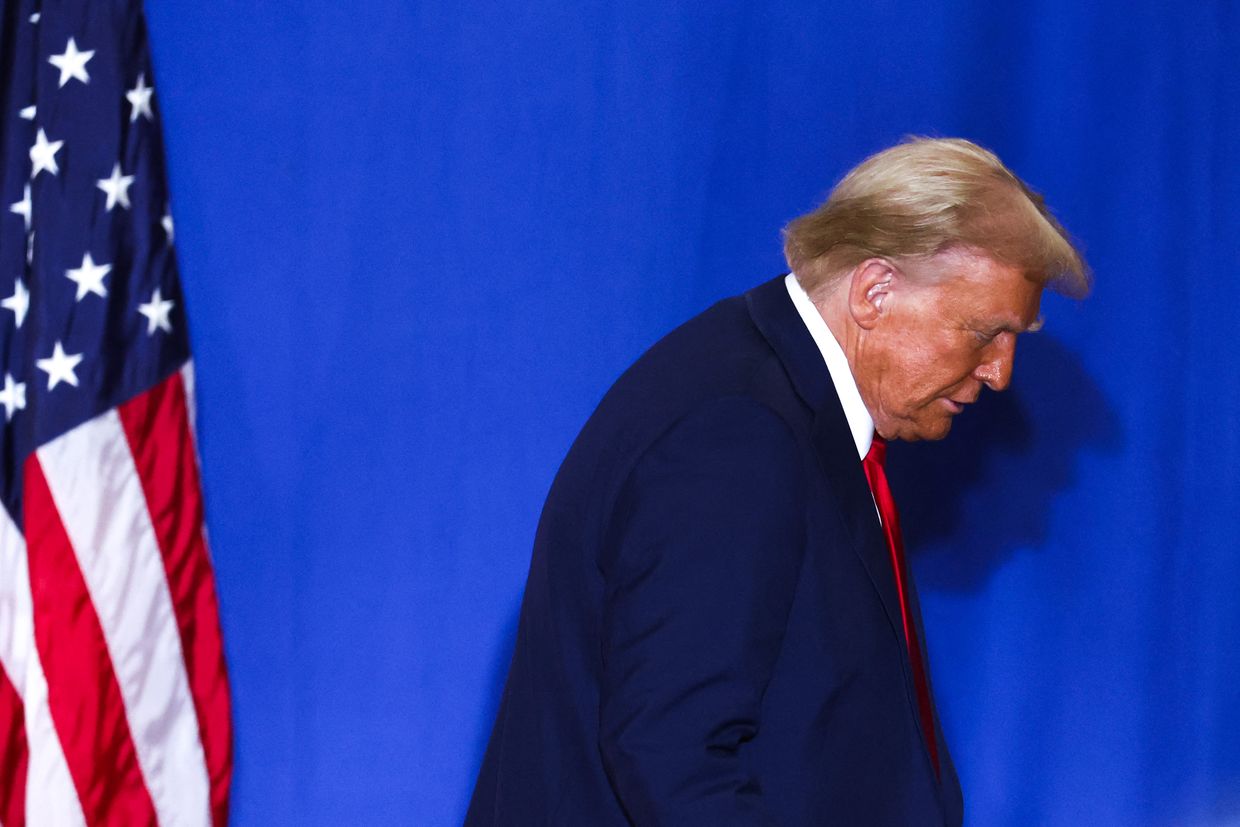A version of this post first appeared on TKer.co
It’s been a challenging few days.
There’s been a mountain of news about the direction of global trade policy, which has been followed by a tsunami of research and insights intended to help investors make sense of it all.
I’ve spent a ton of time sifting through much of it, and I’ve concluded: It is impossible to know what will happen next.
While everyone agrees that the announced tariffs are negative at least in the near-term, the range of potential outcomes is very wide and impossible to define precisely. Not only are the indirect effects hard to capture, the uncertainty is heightened by the possibility that at least some of the tariffs are short-lived or negotiated lower.
Consequently, I’d caution against listening to folks who have a high degree of confidence in the particular outcome they’re touting. There are just too many unknowns to be able to model a clean forecast.
A couple of analysts I follow had some particularly insightful commentary on the murky state of things.
"There is no tariff playbook," BofA’s Savita Subramanian wrote on Thursday. "Known unknowns are plentiful." From her note:
Investors looking for historical parallels are faced with scant observations from incomparable eras (e.g., 1930s Smoot Hawley ended badly). Import/export exposure by company is difficult to estimate and not regularly disclosed. Full supply chains are hard to figure out. Secondary impacts are even hazier: prolonged negotiations could stall activity spiraling into a recession. Calls to boycott U.S. goods could ramp further. But pricing power and currency moves can mollify tariff impacts. Ex-U.S. multinationals can avoid tariffs (and maybe enjoy lower corporate tax rates) by expanding U.S. footprint. Our constructive equity outlook relies on at least partial resolution from which corporates can plan and grow by early 2H25, as capacity buildouts are multi-quarter phenomena.
Among the many challenges in analyzing the impact on the stock market is the fact that regulations don’t require publicly-traded companies to disclose many details about their overseas exposure. This is something I’ve mentioned in past discussions about S&P 500 revenues generated outside of the U.S.
To Subramanian’s point about boycotts, earlier this week Goldman Sachs economists also highlighted the challenges in estimating the magnitude of this second order effect.
Subramanian estimates that the impact of tariffs could drag S&P 500 earnings per share (EPS) by 5% to 32%. Yes, that’s a wide range. And even she acknowledges that it’s derived from an "oversimplified scenario analysis."
.png)
 German (DE)
German (DE)  English (US)
English (US)  Spanish (ES)
Spanish (ES)  French (FR)
French (FR)  Hindi (IN)
Hindi (IN)  Italian (IT)
Italian (IT)  Russian (RU)
Russian (RU) 








Comments